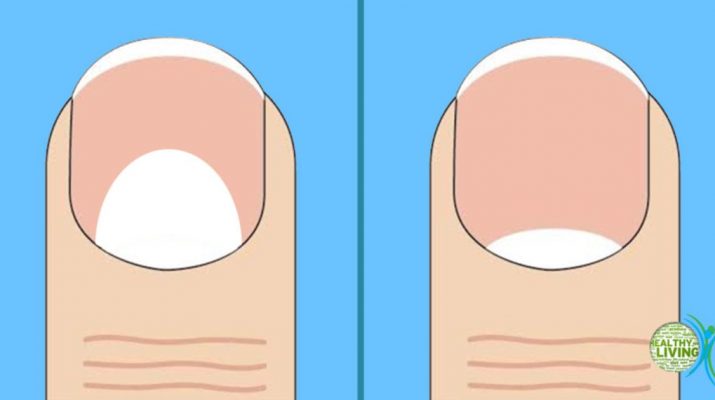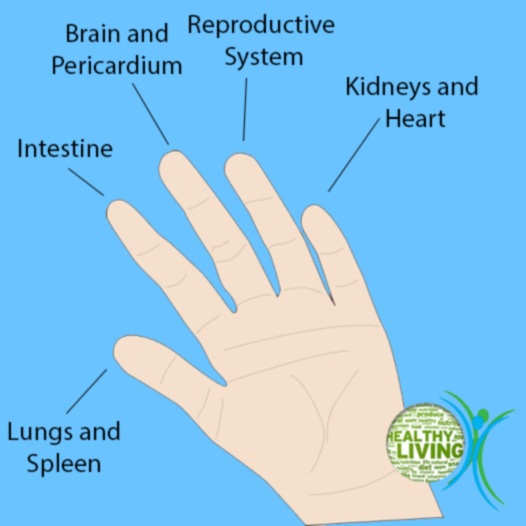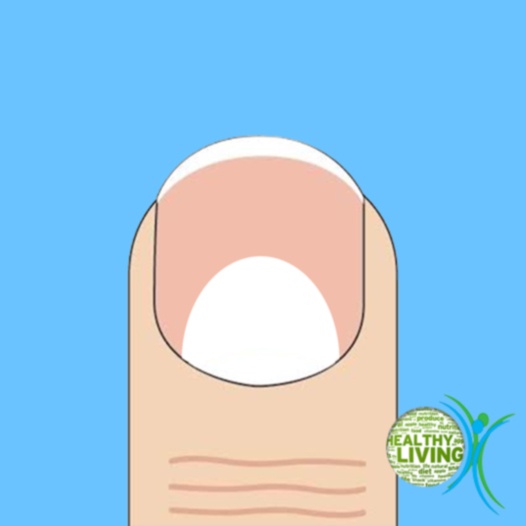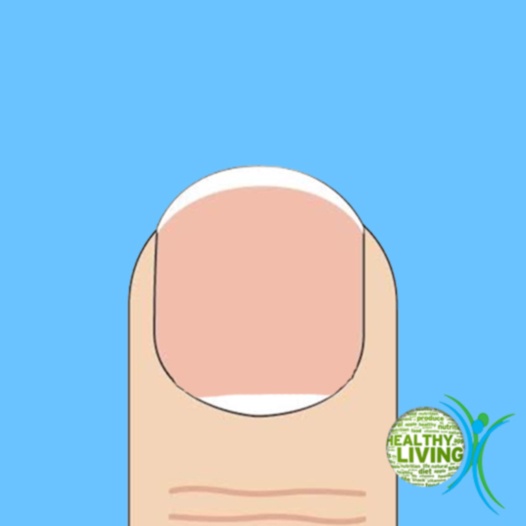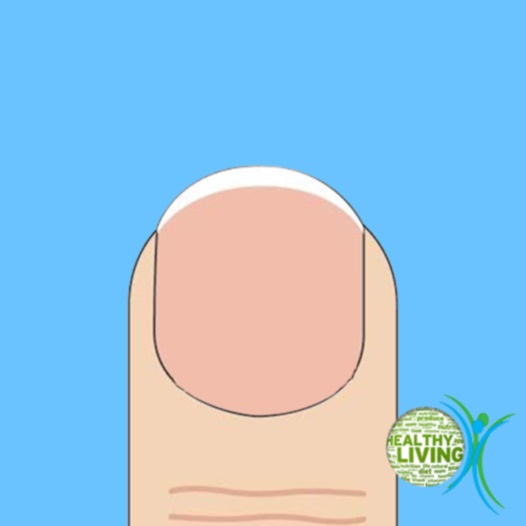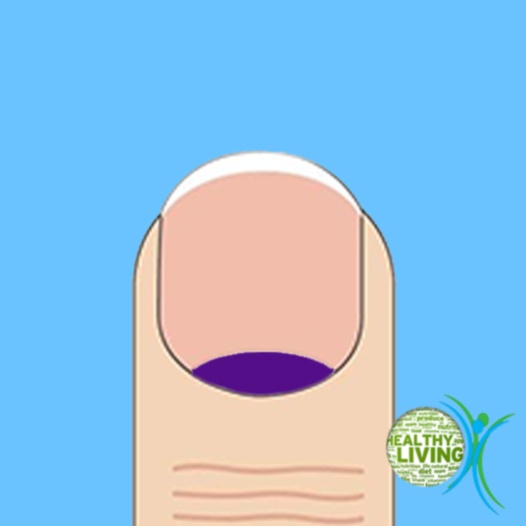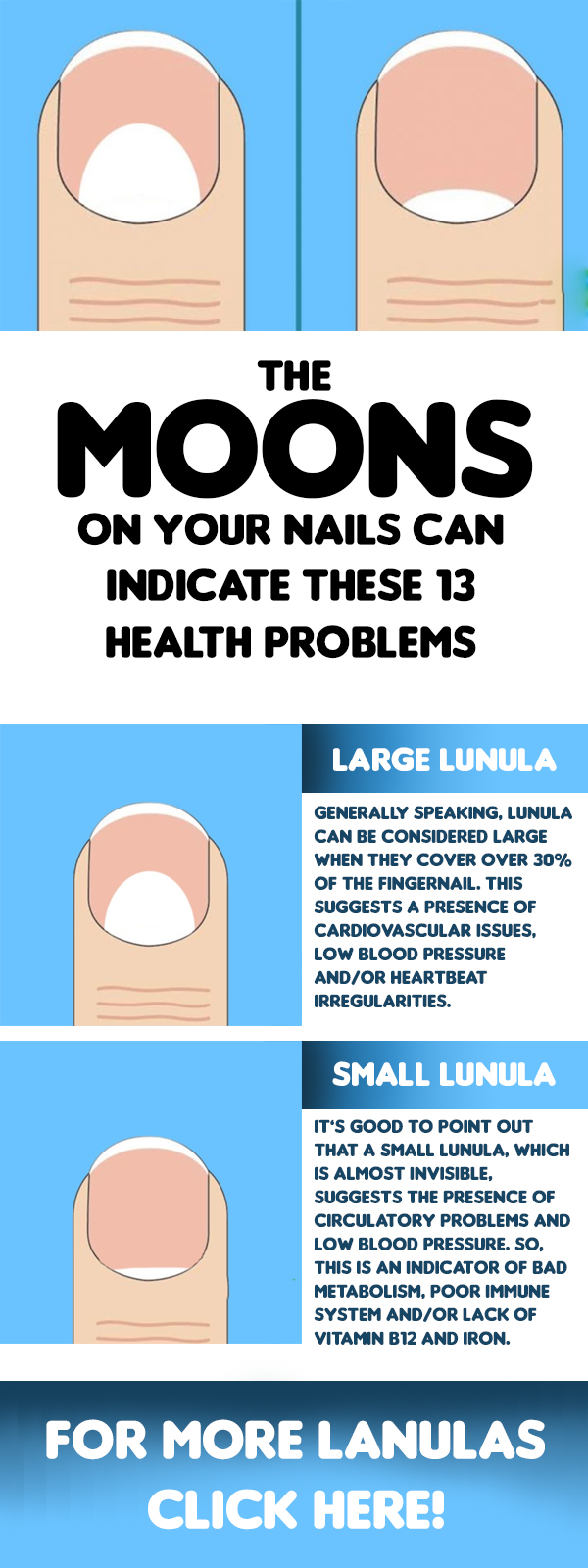Every fingernail comes with a light area located at its bottom. These light areas are called moons. They are also known as lunula. It’s interesting that these formations can change shape, color, and size. A change like this suggests that something in the body is not right. In some cases, it suggests a presence of disease or a proneness to its emergence. In other words, you can use these light areas on your fingers to prevent diseases and health issues.
In this article, we will help you understand the meaning of lunula/moons.
A Changing Lunula on Just One Finger
In the vast majority of cases, a moon located on the little finger should be non-existent or barely noticeable. This lunula is linked to the performance of our heart, small intestine, and kidneys. If the lunula on this finger is increased, it usually suggests hypertension.
On the other hand, the middle finger is related to the performance of the cardiovascular system and brain. If the lunula is not present at all, this might suggest the presence of hypertension and cardiovascular issues.
Furthermore, the ring finger is directly linked to the work of the lymphatic and reproductive system. An almost invisible lunula can indicate digestion issues.
The thumb lunula mirrors the performance of the spleen and lungs. This is the most noticeable lunula, but it should not cover over 25% of the fingernail. Typically, this lunula is far smaller in people who are smoking tobacco and bigger in people who are dealing with arterial hypertension.
Finally, the index finger lunula can go away completely or become significantly smaller due to poor function of the pancreas, intestine or ENT diseases.
Significantly Large Lunula
Generally speaking, lunula can be considered large when they cover over 30% of the fingernail. This suggests a presence of cardiovascular issues, low blood pressure and/or heartbeat irregularities.
It is common to see large lunula in people who are working heavy physical jobs and in athletes. In case a person is not that physically active and has large lunula, this means that they are experiencing a lot of stress and pressure.
Small Lunula
It’s good to point out that a small lunula, which is almost invisible, suggests the presence of circulatory problems and low blood pressure. So, this is an indicator of bad metabolism, poor immune system and/or lack of vitamin B12 and iron.
In case the lunula is separated from the other elements of the nail plate and there are transverse lines to mark this separation, this means that there are blood sugar level issues and increased the chance of developing diabetes.
Absence of Lunula
There is no reason to be worried in case you can’t find any lunula on the nails of your kid. In many cases, they are invisible on kids’ nails, but they become visible after a while. There are many adults who don’t have these structures because they have a specific physiological profile of nails.
Keep in mind that lunula disappearance that has happened all of a sudden, is often considered being a symptom of a circulatory problem. A scientific study has confirmed that a disappearance like this is linked to thyroid gland problems and lack of iron and B12.
Color Changing in Lunula
The White lunula is natural and healthy. The lunula must be a few shades lighter compared to the skin.
Gray lunula usually suggests digestion issues, fatigue, and nutrient absorption issues.
Red or pink lunula may suggest lung issues and inadequate physical activity.
The purple lunula is an indicator of improper blood circulation and a lack of oxygen. People with purple lunula can expect headaches and dizziness.
In the end, black lunula is very rare and they usually indicate serious health issues. In most cases, they come as a result of metal poisoning even though they have been associated with few other problems.
Source: Bright Side

